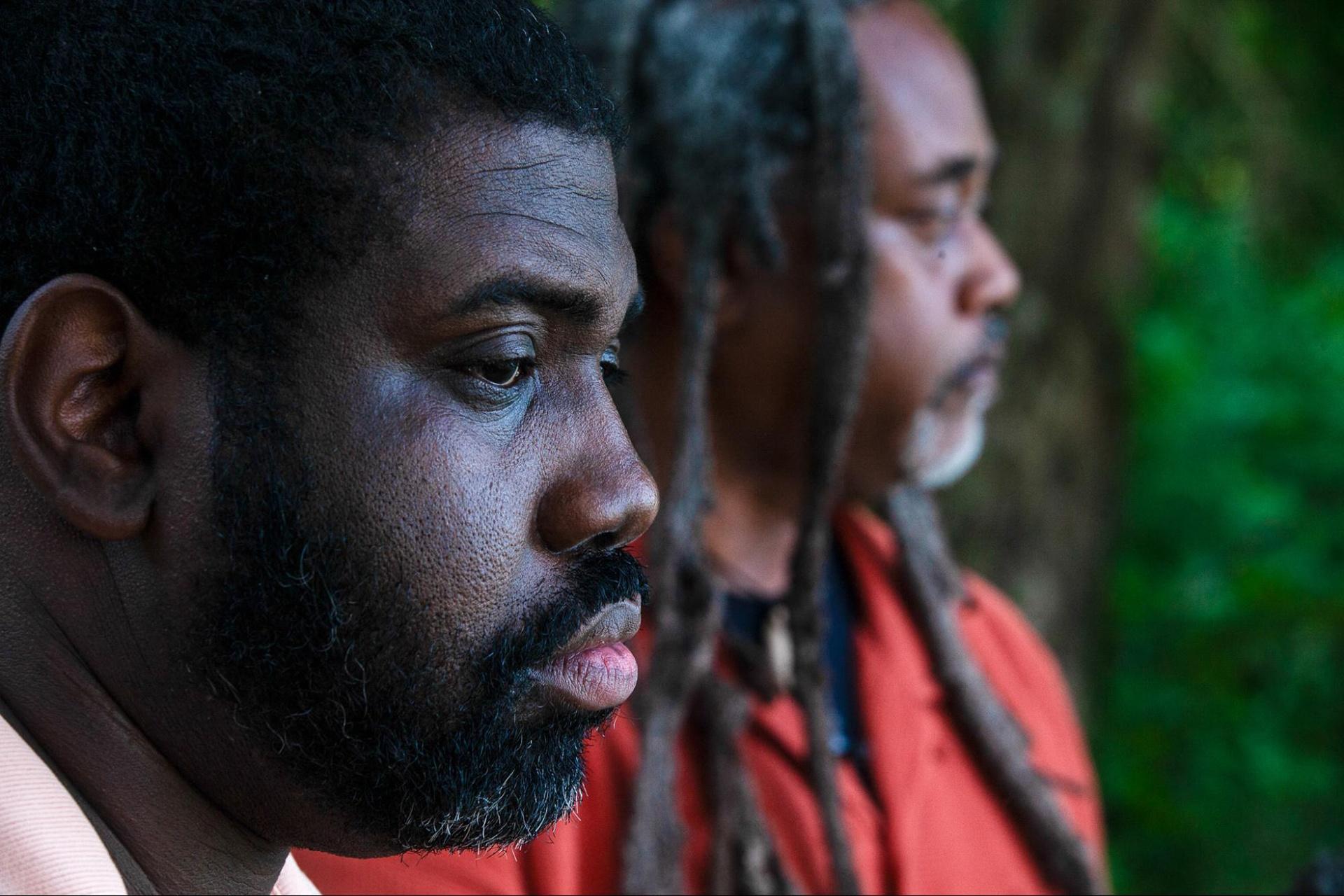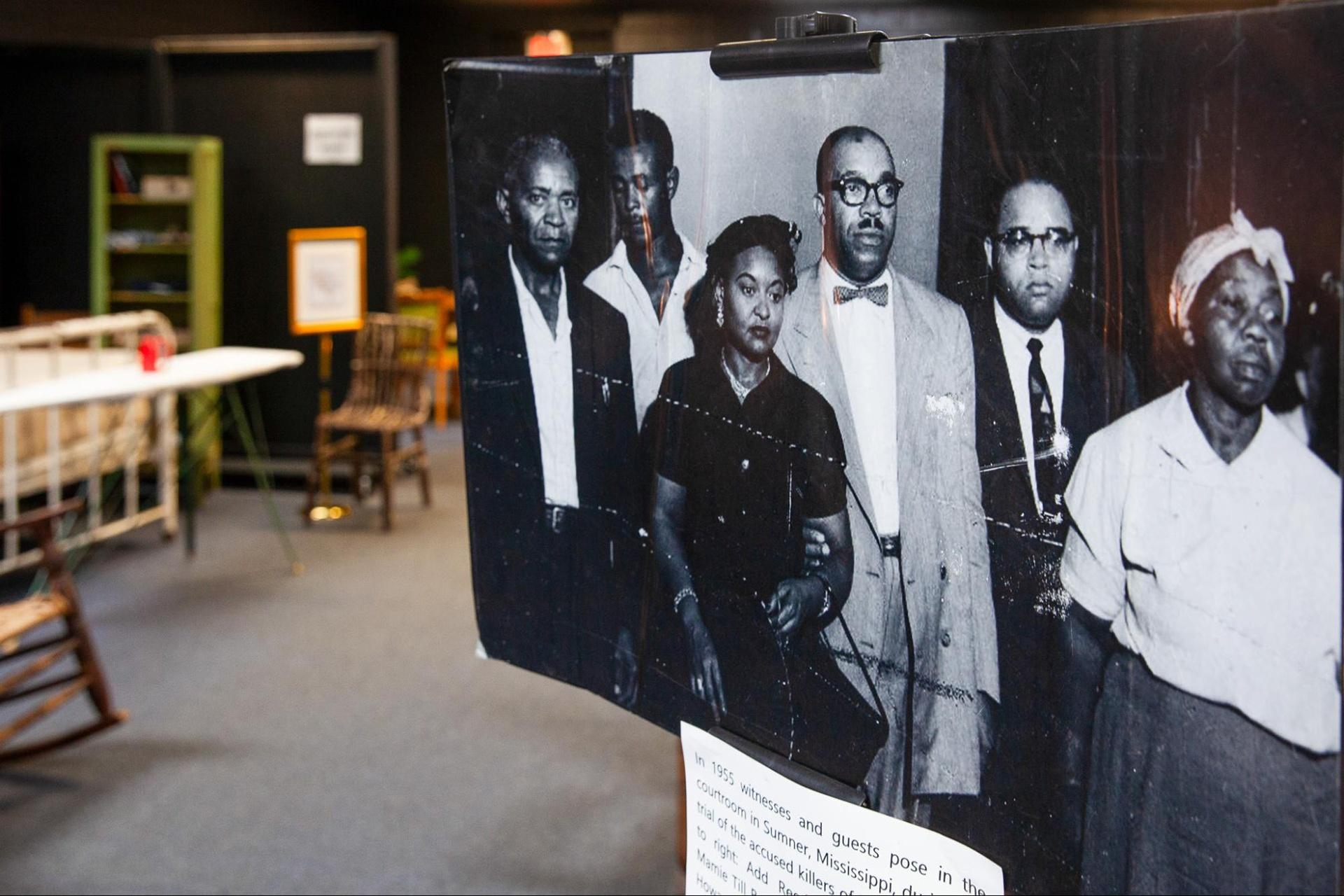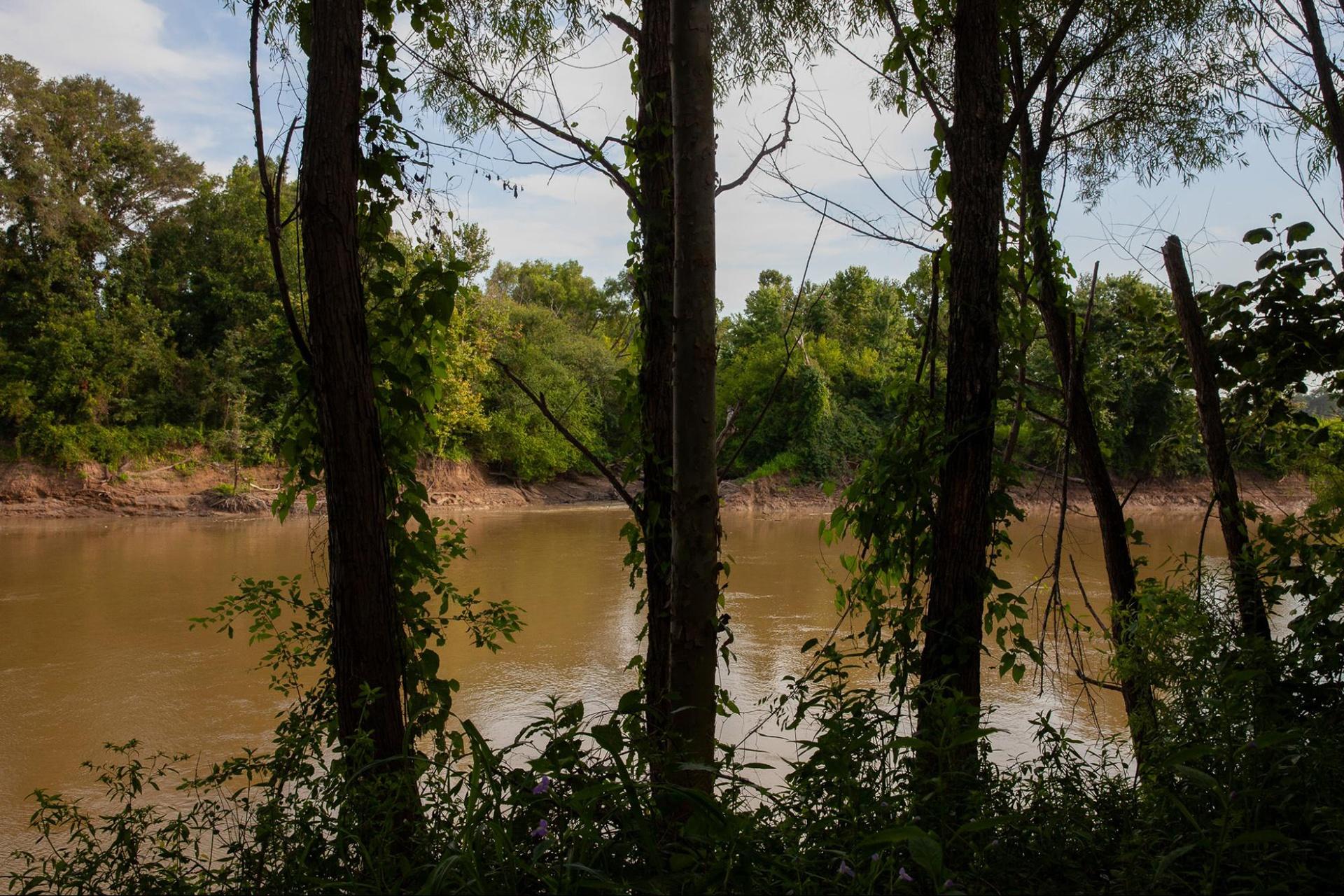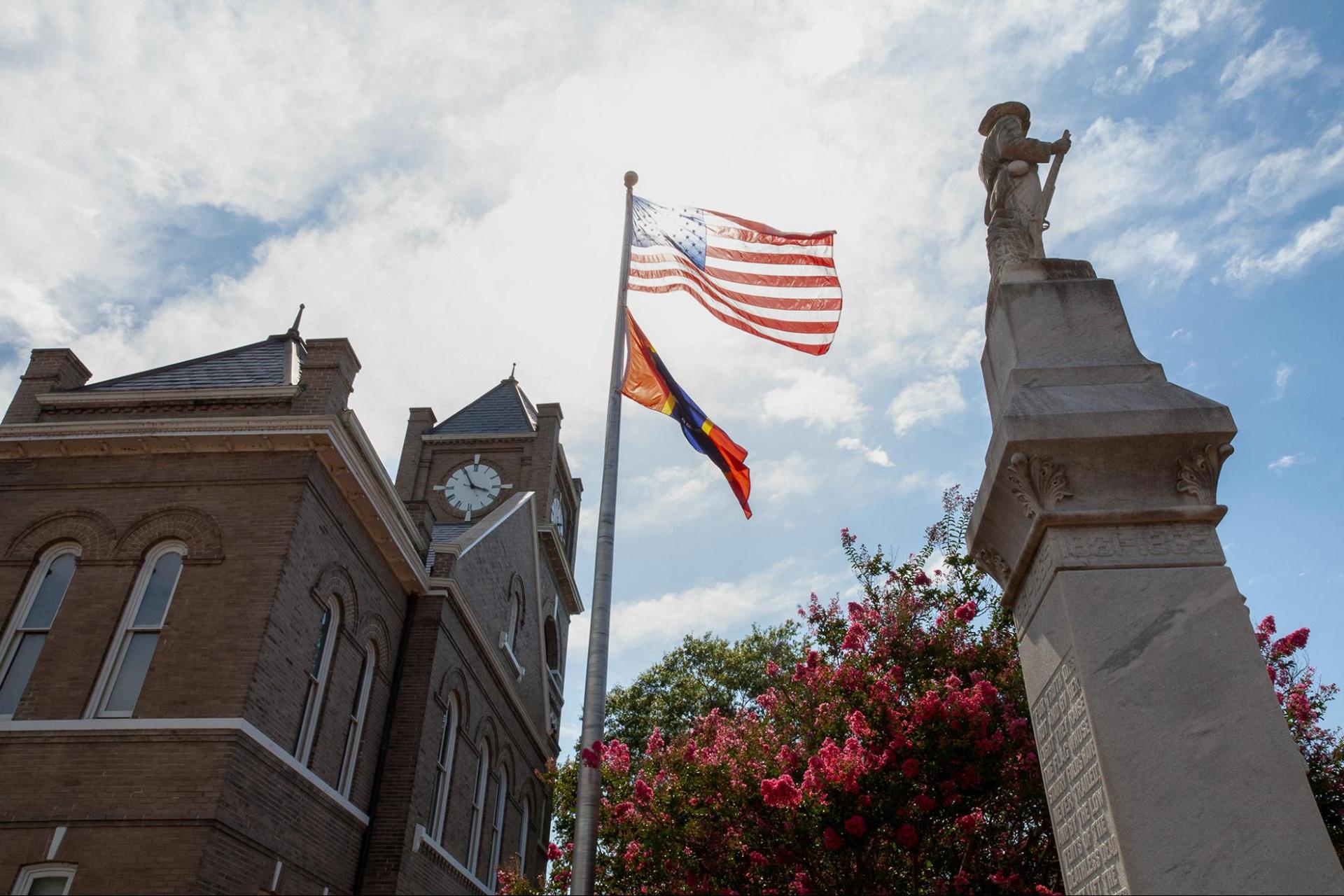Today, July 25, would have been Emmett Till’s 82nd birthday.
Instead, the 14-year-old Black teen from Chicago was kidnapped, tortured and killed by two white men in Drew, Mississippi, in August 1955 after he was accused of whistling at a white woman, Carolyn Bryant Donham, while on vacation visiting family.
His death, and his mother’s response to it, helped launch the civil rights movement. Now, President Joe Biden is expected to sign a proclamation establishing a new national monument preserving three sites — two in Mississippi and one in Illinois — where Till’s life began and ended.
Roberts Temple Church of God in Christ Bronzeville, a historically Black neighborhood on Chicago’s South Side, is one of the three sites. Thousands of people gathered at the church to mourn the teen after Mamie Till-Mobley decided to hold an open-casket funeral in September 1955 — revealing how badly her son had been mutilated.






